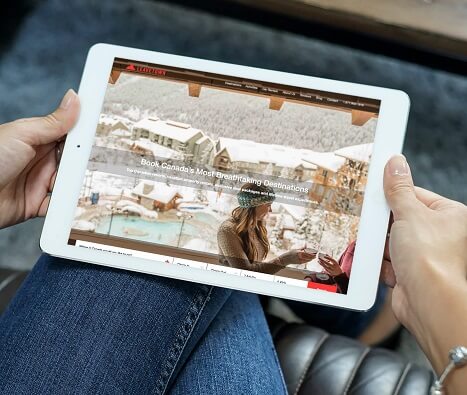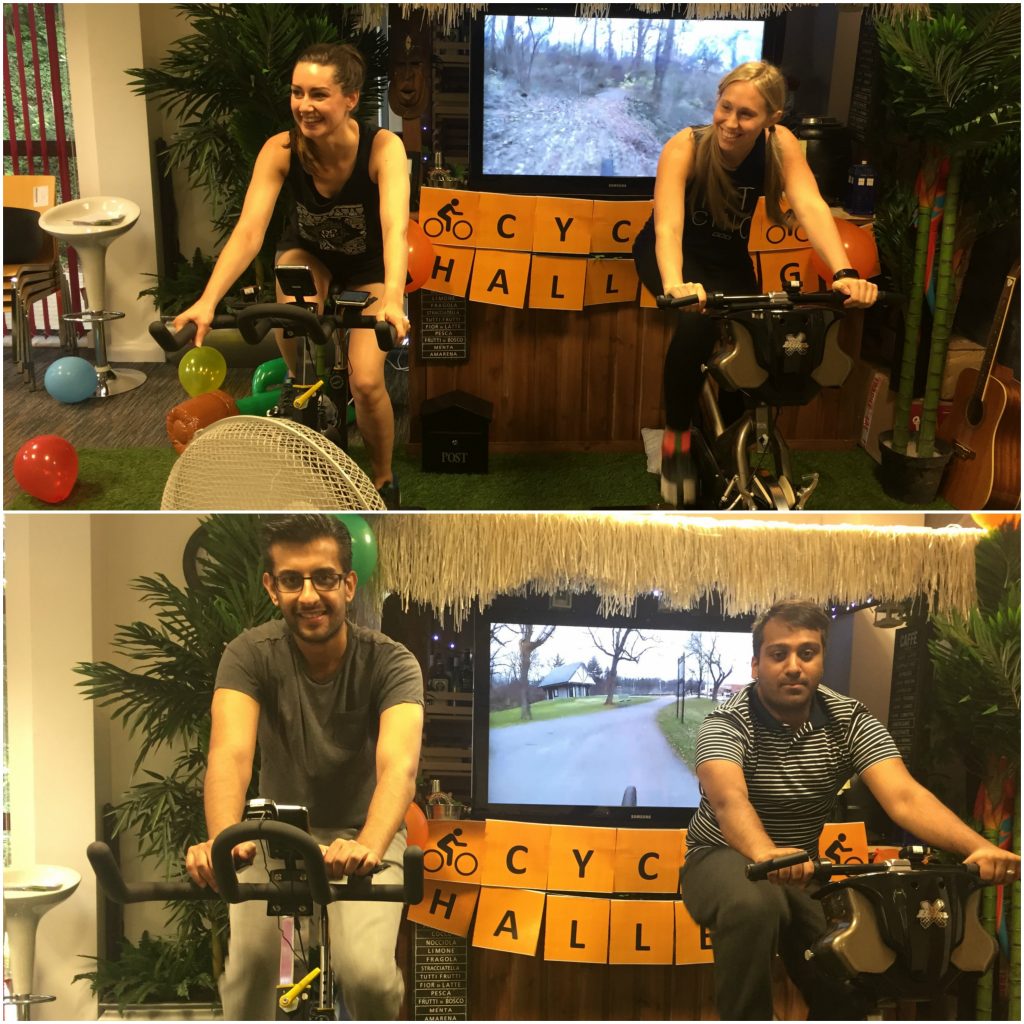
There are businesses, and there are brands. But when executed well, these terms become synonymous. The likes of Apple have proved time and time again why this works. With their commitment to making stylish, minimalist and innovative technology, and with a united product line, consistency is their strongest asset. As a result, customers return with the expectation that all products will adhere to those values.
That is what a brand achieves – a reputation that creates loyalty. Consolidating a brand image provides your customers with an identity and a set of expectations which transcend across all aspects of your business. But to become a brand, you need to create an identity and reinforce it across your customer facing platforms. With 75% of users admitting to making a judgement on a company based on their website, your online presence is arguably your most important marketing tool.
Your website needs to go beyond telling users about your ‘products, services and contact information’. All business websites show that. What matters is how you deliver it. Here’s how to incorporate your brand into your web design to give your users a memorable and enjoyable experience.
Visuals
Spending time deliberating the aesthetics of your site is crucial. Style shouldn’t surpass substance, but evidence suggests that looks certainly matter for online customers.
- Colour Palette: The colour scheme of your website will determine the mood and tone of web pages. With an understanding of what effects certain colours have, you should design a bright and visually appealing website. Spend time with creative designers who will be able to intertwine your logo colours with complementary colours on web pages.
- Typography: Don’t underestimate the importance of your font and its size. Particularly if your business in a creative field, showcasing your personality with unique typography will resonate with your audience.
- Images and Structure: Whether you opt for a minimalist look or vibrant design, the structure of content should be fitting for your business character. If you are showcasing designs.products or sharing more information about your team, utilising visuals can offer a more personal experience.
Consistency
Upholding great visual design and branding on a website is consistency. Brand colour, presentation and language should go beyond just your homepage. It’s always disappointing to see a great looking website have pages which completely abandon branding just because they are not primary pages. Your users should experience a journey from start to finish. To do this, ensure pages such as the checkout page, contact form and FAQ’s, provide customers with the same branded experience that your homepage does.
Content and Tone
The choice of language on your website should follow the tone and language you apply in your advertisements, marketing campaigns and physical encounters. Entirely dependent on your audience, communication on your website should be constructed to align with your brand image. Is your voice one of authority and expertise, or do you keep your language casual and engaging?
Blogs and articles are a fantastic way to share your voice whilst sharing engaging and informative content. Even corporate businesses add a human touch through such mediums, which not only creates more enjoyable content, it also allows personality to shine through.
Don’t be generic
It sounds cliche, but it’s still important. The internet is a busy place, and it’s easy to lose yourself in the crowd if you’re boring. Regularly look at your website and ask yourself a question: is it any better or different from your competitors?
Whilst most websites follow some similar formats, in terms of logo placement and contact forms, the feel of your website should be authentic and individual to your brand. Utilise opportunities to personalise your site to give your users a unique experience. From custom made fonts to unique backgrounds, the opportunities to impress your customers online are endless. By creating individual typography, or applying a theme across your images, audiences will be able to identify your brand wherever they see it.
If you’ve put in the hours to perfect your logo, slogan and brand identity, the platform to showcase these is your website. Your existing site may convert a customer, but creating a brand should create loyal customers. If you’re unsure on how weave your brand into your web design, speak to experienced web designers who have transformed countless websites for notable brands.



